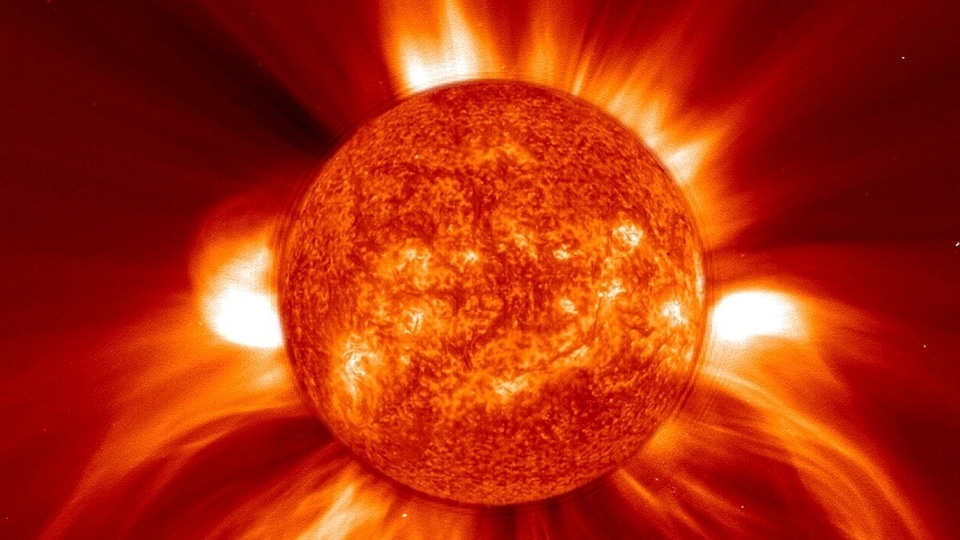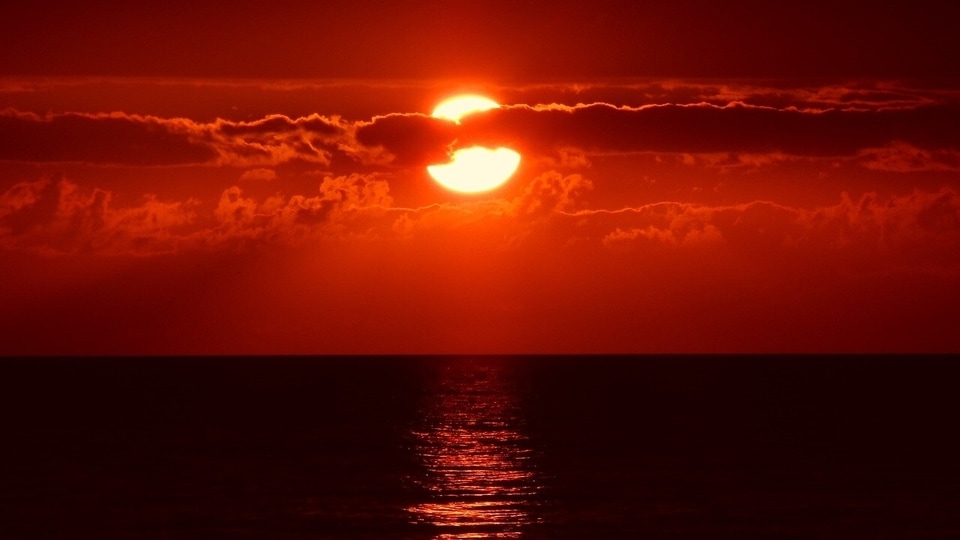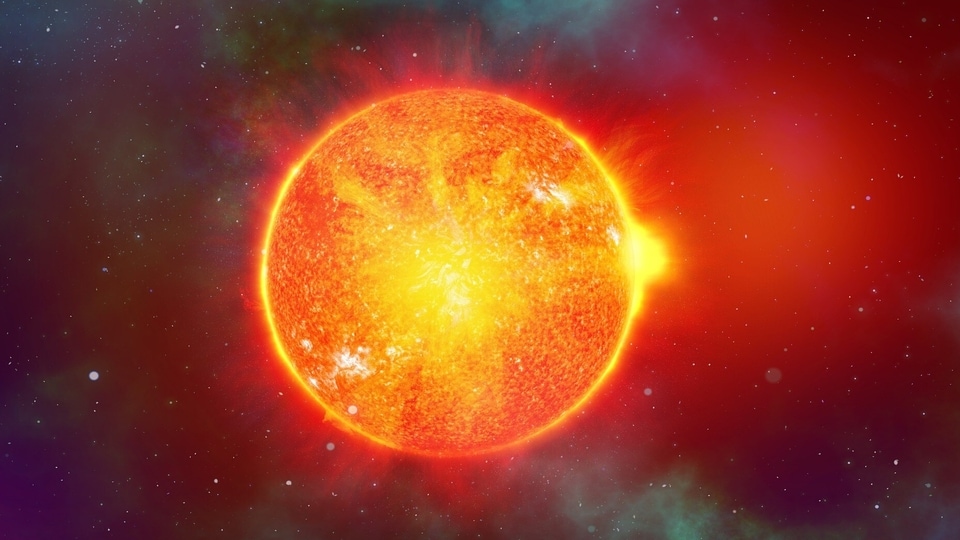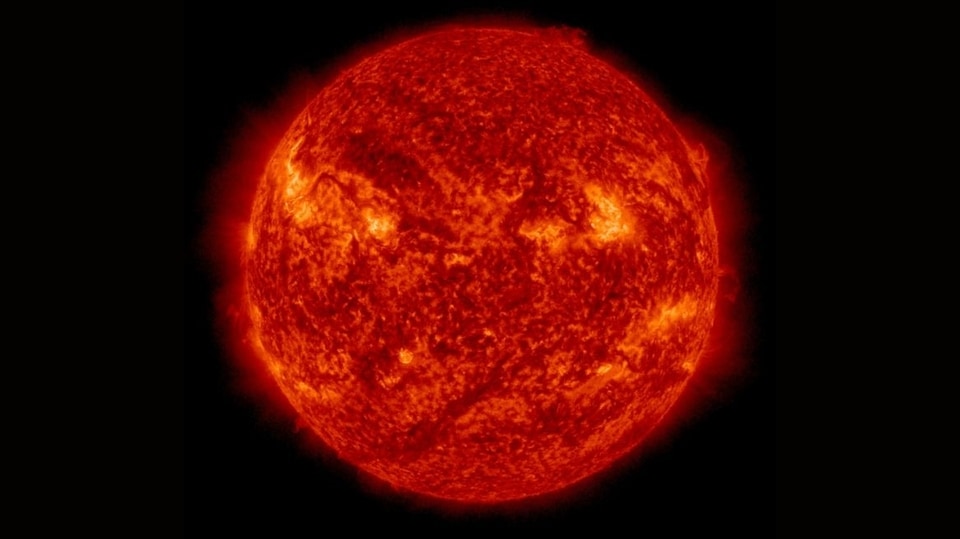Solar flare alert! NASA observatory reveals threat of M-class flare
NASA’s Solar Dynamics Observatory has discovered a sunspot that could hurl out M-class solar flares towards Earth soon. Know the details.






 View all Images
View all ImagesThe Sun's activity is expected to increase in the coming months as we approach the Solar Maximum, the period in the solar cycle where activity is at its peak. It is expected to arrive in 2024 or 2025, and the number of sunspots has already exceeded previous predictions. During this peak, the planet could face CMEs, solar flares, solar storms, and other particles with potentially disastrous consequences. In a new development, NASA's Solar Dynamics Observatory (SDO), which carries a full suite of instruments to observe the Sun, has recently revealed that Earth could be in the firing line of a sunspot and dangerous solar flares could be hurled out that could have the potential to wreak havoc.
We're now on WhatsApp. Click to join.
Dangerous sunspot
According to a report by spaceweather.com, NASA's Solar Dynamics Observatory (SDO), forecasts that a region on the Sun's surface, termed Sunspot AR3451, has a “'beta-gamma” magnetic field that could trigger solar flares. There is a chance for M-class solar flares to be hurled out and hit Earth soon.
It states, “Sunspot AR3451 has a 'beta-gamma' magnetic field that harbors energy for M-class solar flares”. For the unaware, solar flares are classified according to their strength on the logarithmic scale, similar to how earthquakes are measured. The smallest ones are A-class which occur at near background levels, followed by B, C, and M, while X-rated flares are the strongest.
Sun's magnetic poles disappear
According to a report, the Solar Dynamics Observatory has also observed that the Sun's North and South poles are disappearing. Although it would've been followed by a series of calamities if it were to happen on Earth, the disappearance of magnetic poles is considered natural during the peak of the solar cycle.
Before the year ends, the poles are expected to completely reverse the Sun's global magnetic field as we approach the peak of Solar Cycle 25.
Todd Hoeksema, a solar physicist at Stanford University told SpaceWeather, “In fact, it's routine. This happens every 11 years (more or less) when we're on the verge of Solar Maximum."
One more thing! We are now on WhatsApp Channels! Follow us there so you never miss any updates from the world of technology. To follow the HT Tech channel on WhatsApp, click here to join now!
Catch all the Latest Tech News, Mobile News, Laptop News, Gaming news, Wearables News , How To News, also keep up with us on Whatsapp channel,Twitter, Facebook, Google News, and Instagram. For our latest videos, subscribe to our YouTube channel.
































